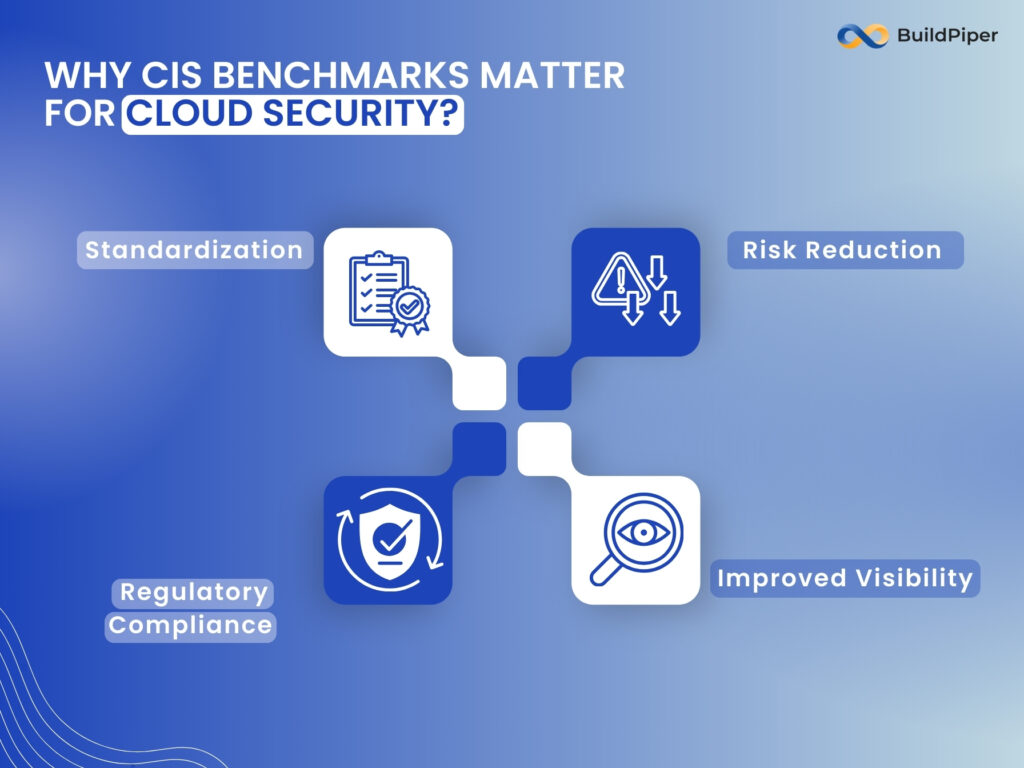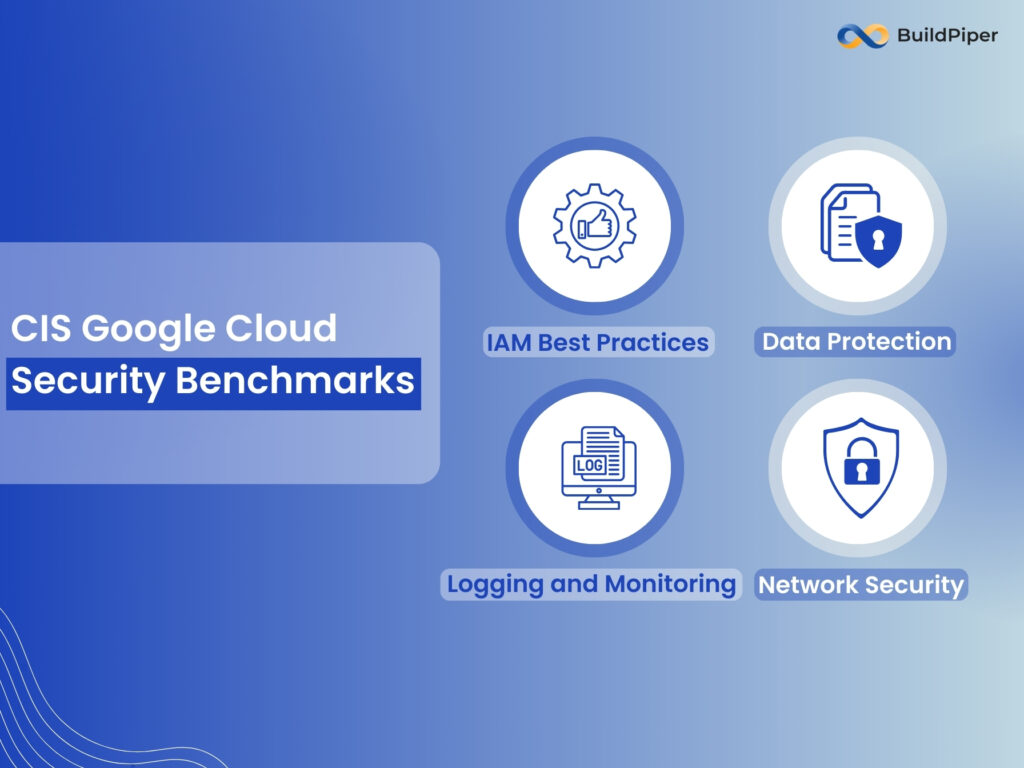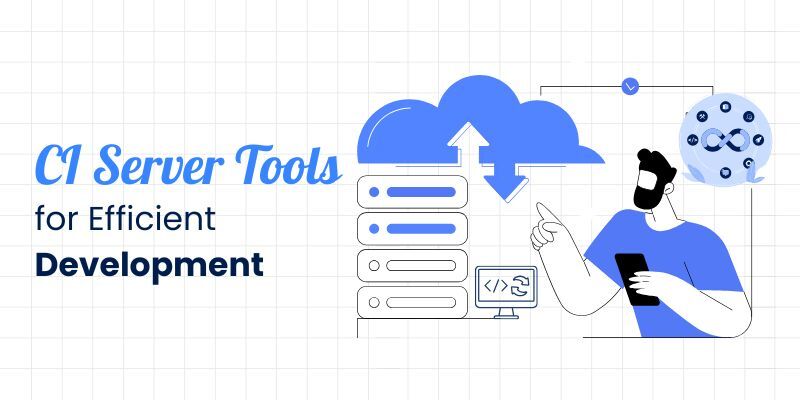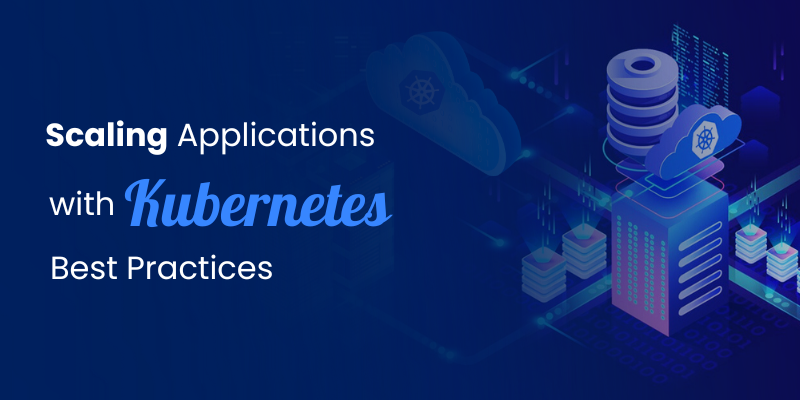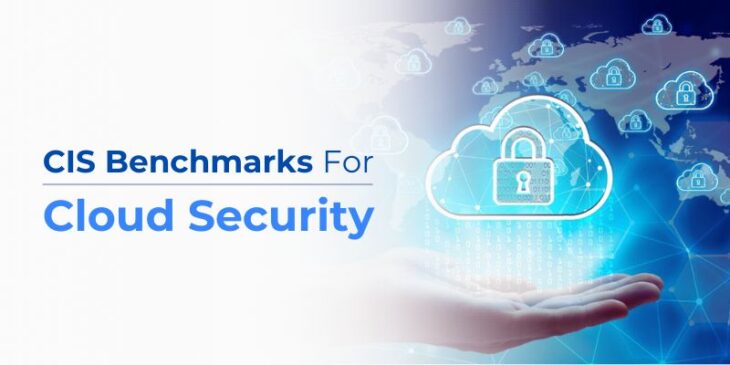
From the past few years, cloud security has become a top priority for organizations of all sizes. As businesses increasingly migrate their operations to the cloud, ensuring robust security measures is no longer optional, it’s a necessity.
The Center for Internet Security (CIS) Benchmarks provide a comprehensive framework to help organizations achieve this goal. Whether you’re leveraging AWS, Google Cloud, or other cloud platforms, adhering to CIS security benchmarks can significantly enhance your cloud security posture.
This blog explores the importance of CIS benchmarks for cloud security, the role of CIS compliance automation, and how these benchmarks apply to leading cloud providers like AWS and Google Cloud.
What Are CIS Benchmarks?
CIS Benchmarks are a set of globally recognized best practices for securing IT systems and data. Developed through a consensus-driven process involving cybersecurity experts, these benchmarks provide detailed guidelines for configuring systems to reduce vulnerabilities and mitigate risks. They cover a wide range of technologies, including operating systems, cloud platforms, and software applications.
For cloud environments, CIS Benchmarks offer specific recommendations tailored to popular platforms like AWS and Google Cloud. These benchmarks are designed to help organizations address common security challenges, such as misconfigurations, unauthorized access, and data breaches. By following CIS security benchmarks, businesses can ensure their cloud infrastructure is aligned with industry best practices and regulatory requirements.
Why CIS Benchmarks Matter for Cloud Security
Cloud environments are inherently dynamic and complex, making them susceptible to security risks. Misconfigurations, for instance, are one of the leading causes of cloud-related breaches. CIS Benchmarks provide a structured approach to addressing these risks by offering clear, actionable recommendations for securing cloud resources.
For decision-makers, adopting CIS Benchmarks is about building a resilient security foundation. Here’s why CIS Benchmarks are critical for cloud security:
1. Standardization: CIS Benchmarks provide a standardized framework for securing cloud environments, ensuring consistency across your organization.
2. Risk Reduction: By addressing common vulnerabilities and misconfigurations, CIS Benchmarks help reduce the risk of cyberattacks and data breaches.
3. Regulatory Compliance: Many regulatory frameworks, such as GDPR, HIPAA, and PCI DSS, align with CIS Benchmarks, making it easier to demonstrate compliance.
4. Improved Visibility: Implementing CIS Benchmarks enhances visibility into your cloud environment, enabling you to identify and address security gaps proactively.
A MUST READ – Data Replication Across Multi-Cloud – Strategies and Code Walkthrough
CIS Security Benchmarks for AWS
Amazon Web Services (AWS) is one of the most widely used cloud platforms, offering a vast array of services and features. However, the flexibility and scalability of AWS also introduce security challenges. CIS security benchmarks for AWS provide a detailed roadmap for securing your AWS environment.
Some key areas covered by CIS Benchmarks for AWS include:
1. Identity and Access Management (IAM)
CIS Benchmarks recommend implementing strong IAM policies, such as enforcing multi-factor authentication (MFA) and limiting privileged access.
2. Logging and Monitoring
Enabling AWS CloudTrail and configuring Amazon CloudWatch are essential for monitoring and detecting suspicious activities.
3. Data Encryption
CIS Benchmarks emphasize the importance of encrypting data at rest and in transit using AWS Key Management Service (KMS).
4. Network Security
Recommendations include configuring security groups, network ACLs, and VPC flow logs to protect your AWS network.
By adhering to CIS security benchmarks for AWS, organizations can ensure their cloud infrastructure is secure, compliant, and resilient against emerging threats.
CIS Google Cloud Security Benchmarks
Google Cloud is another leading cloud provider, known for its innovation and scalability. However, like any cloud platform, Google Cloud requires proper configuration to ensure security. CIS Google Cloud security benchmarks provide a comprehensive set of guidelines for securing your Google Cloud environment.
Key recommendations from CIS Benchmarks for Google Cloud include:
1. IAM Best Practices
Implementing role-based access control (RBAC), enforcing MFA, and regularly reviewing IAM policies.
2. Data Protection
Encrypting data using Google Cloud’s built-in encryption features and managing encryption keys securely.
3. Logging and Monitoring
Enabling Google Cloud’s operations suite (formerly Stackdriver) for logging, monitoring, and alerting.
4. Network Security
Configuring firewall rules, VPC networks, and Cloud Armor to protect against network-based attacks.
By following CIS Google Cloud security benchmarks, organizations can strengthen their security posture and ensure their Google Cloud environment is configured according to industry best practices.
The Role of CIS Compliance Automation
While CIS Benchmarks provide a solid foundation for cloud security, manually implementing and maintaining compliance can be time-consuming and error-prone. This is where CIS compliance automation comes into play. Automation tools can streamline the process of applying CIS Benchmarks, ensuring consistent and accurate implementation across your cloud environment.
1. Efficiency: Automation tools can quickly scan your cloud environment, identify misconfigurations, and apply the necessary fixes, saving time and resources.
2. Accuracy: Manual processes are prone to human error, but automation ensures that security configurations are applied consistently and correctly.
3. Continuous Monitoring: Automation tools provide real-time monitoring and alerts, enabling you to maintain compliance and address issues promptly.
4. Scalability: As your cloud environment grows, automation ensures that your security measures scale accordingly, without requiring additional manual effort.
For decision-makers, investing in CIS compliance automation is a strategic move that not only enhances security but also improves operational efficiency and reduces the risk of non-compliance.
Best Practices for Implementing CIS Benchmarks in the Cloud
To maximize the benefits of CIS Benchmarks, organizations should adopt a proactive and strategic approach to cloud security. Here are some best practices to consider:
1. Start with a Baseline Assessment: Conduct a thorough assessment of your current cloud environment to identify gaps and areas for improvement.
2. Prioritize Critical Controls: Focus on implementing the most critical CIS controls first, such as IAM policies, encryption, and logging.
3. Leverage Automation: Use CIS compliance automation tools to streamline the implementation and monitoring of CIS Benchmarks.
4. Train Your Team: Ensure your IT and security teams are familiar with CIS Benchmarks and understand how to apply them effectively.
5. Regularly Review and Update: Cloud environments are constantly evolving, so it’s important to regularly review and update your security configurations to stay aligned with CIS Benchmarks.
Conclusion
CIS Benchmarks provide a trusted framework for securing your cloud environment. Whether you’re using AWS, Google Cloud, or another platform, adhering to CIS security benchmarks can help you reduce risks, achieve compliance, and build a resilient security foundation. For decision-makers, the adoption of CIS Benchmarks supported by CIS compliance automation is a strategic investment that delivers long-term benefits.

